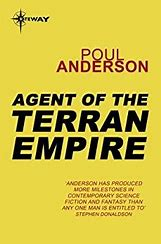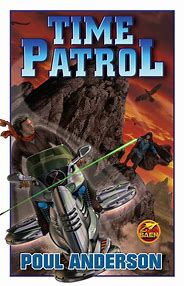Two long sections of Poul Anderson's Technic History are each set entirely within a particular (different) period. Consequently, each of these sections exhibits much more stability than change.
The Polesotechnic League
16 instalments
beginning with the fourth instalment in The Technic Civilization Saga, Volume I
ending with the first instalment in Volume III
The Flandry Period
15 instalments
beginning with the first instalment in Volume IV
ending with the second instalment in Volume VII
The fifteenth League instalment, "Lodestar," displays major conflicts in the League and the concluding instalment, Mirkheim, demonstrates that these conflicts are terminal.
In the thirteenth Flandry Period instalment, A Knight of Ghosts and Shadows, the Terran Empire has lost its legitimacy because it is now ruled by a usurper who came to power in a civil war that had occurred between instalments. However, the theoretician, Chunderban Desai, explains to Dominic Flandry that this is nothing new:
"'The cycle fills the history, yes, the archaeology of this whole planet we are sitting on. Old China and older Egypt each went thrice through the whole sorry mess. The Western civilization to which ours is affiliated rose originally from the same kind of thing, that Roman Empire some of our rulers have liked to hark back to for examples of glory.'"
-Poul Anderson, A Knight of Ghosts and Shadows IN Anderson, Sir Dominic Flandry: The Last Knight of Terra (Riverdale, NY, March 2012), pp. 339-60 AT III, p. 388.
"'...we can find over fifty examples just in the dust of this one world.'" (ibid.)
So apparent changes are just more of the same?
At the end of Volume VII, mankind has many civilizations so that the process of rise and fall, if it continues, will have to occur in many parts of several spiral arms.















































